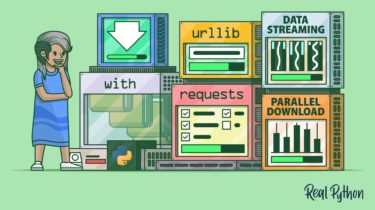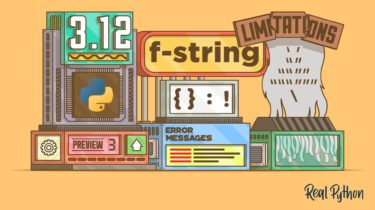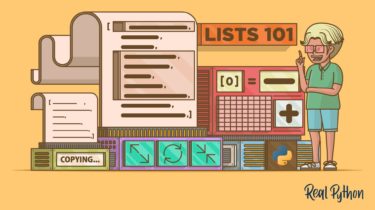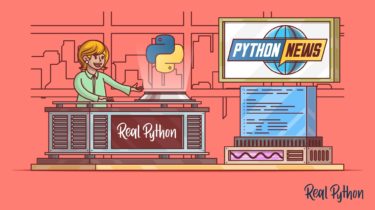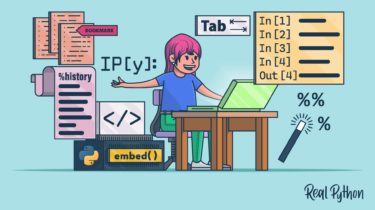Reversing Strings in Python
When you’re using Python strings often in your code, you may face the need to work with them in reverse order. Python includes a few handy tools and techniques that can help you out in these situations. With them, you’ll be able to build reversed copies of existing strings quickly and efficiently. Knowing about these tools and techniques for reversing strings in Python will help you improve your proficiency as a Python developer. In this video course, you’ll learn how […]
Read more